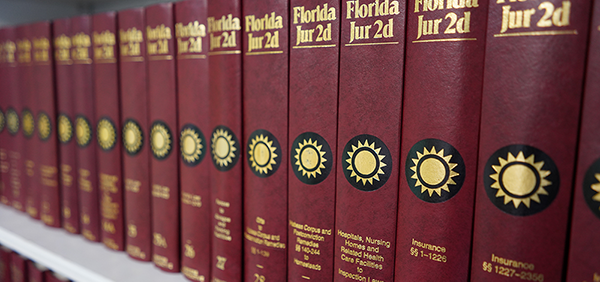
Construction Liens – Building Permit Applications
What does the building permit application process have to do with construction liens? The Florida Legislature went through a great deal of effort to write a quite lengthy statute, Florida Statutes Section 713.135, to make sure that permitting authorities do their part to provide property owners and potential lienors with the important information they need about Florida’s lien laws. That section provides that, when any person applies for a building permit, the authority issuing such permit must print on the face of the permit card a warning that the owner’s failure to record a notice of commencement can result in the owner paying twice for improvements to the owner’s property. The permitting authority also must provide the permit applicant and the owner of the real property with a printed statement stating that the interest of the person who has contracted for the improvement may be subject to attachment under the construction lien laws. The Florida Department of Business and Professional Regulation (the “DBPR”) must furnish the statement; and the statement must be a summary of the construction lien law and must include an explanation of the provisions relating to the recording, and the posting of copies, of notices of commencement and a statement encouraging the owner to record a notice of commencement and post a copy of the notice of commencement in accordance with Section 713.13. The statement must also contain an explanation of the owner’s rights if a lienor fails to furnish the owner with a notice to owner and an explanation of the owner’s rights as provided in Section 713.22, which relates to the duration of liens. The permitting authority also must inform each permit applicant who is not the person whose interest is subject to attachment that, as a condition to the issuance of a building permit, the applicant must promise in good faith that the warning statement will be delivered to the person whose property is subject to attachment. The permitting authority also must furnish the applicant two or more copies of a form of notice of commencement
If the direct contract is greater than $2,500, the applicant must file with the permit issuing authority, prior to the first inspection, either a certified copy of the recorded notice of commencement or a notarized statement that the notice of commencement has been filed for recording, along with a copy thereof. In the absence of the filing of a certified copy of the recorded notice of commencement, the issuing authority or a private provider performing inspection services may not perform or approve subsequent inspections until the applicant files by mail, facsimile, hand delivery, or any other means such certified copy with the issuing authority. The issuing authority must verify that the name and address of the owner, the name of the contractor, and the location or address of the property being improved which is contained in the certified copy of the notice of commencement is consistent with the information in the building permit application. The issuing authority also must provide the recording information on the certified copy of the recorded notice of commencement to any person upon request.
This statute provides that a permit issuing authority is not liable in any civil action for the failure of the person whose property is subject to attachment to receive or to be delivered a printed statement stating that the interest of the person who has contracted for the improvement may be subject to attachment under the construction lien law, nor is it liable for a failure to verify that a certified copy of the recorded notice of commencement has been filed.
The forms and statement discussed above need not be furnished to permit applicants who are owners engaged in the business of construction of buildings for sale to others who intend to make the improvements authorized by the permit to offer the improved real property for sale.
Each building permit application must be substantially in the form set forth in the statute and contain:
(a) The name and address of the owner of the real property;
(b) The name and address of the contractor;
(c) A description sufficient to identify the real property to be improved; and
(d) The number or identifying symbol assigned to the building permit by the issuing authority, which number or symbol must be affixed to the application by the issuing authority.
The permitting authority may accept a building permit application in an electronic format, but they must contain the following additional statement: “OWNER’S ELECTRONIC SUBMISSION STATEMENT: Under penalty of perjury, I declare that all the information contained in this building permit application is true and correct.”
An owner or contractor cannot be required to personally appear and provide a notarized signature when filing a building permit application, if such building permit application will be electronically submitted to the permitting authority, the application relates to a solar project, and the owner or contractor certifies the application using the permitting authority’s electronic confirmation system. Under this statute, a “solar project” means installing, uninstalling, or replacing solar panels on single-family residential property, multifamily residential property, or commercial property.
An authority responsible for issuing building permit applications which accepts building permit applications in an electronic format must provide public Internet access to the electronic building permit applications in a searchable format, and for solar projects is not liable in any civil action for any inaccurate information submitted by an owner or contractor using the authority’s electronic confirmation system.
